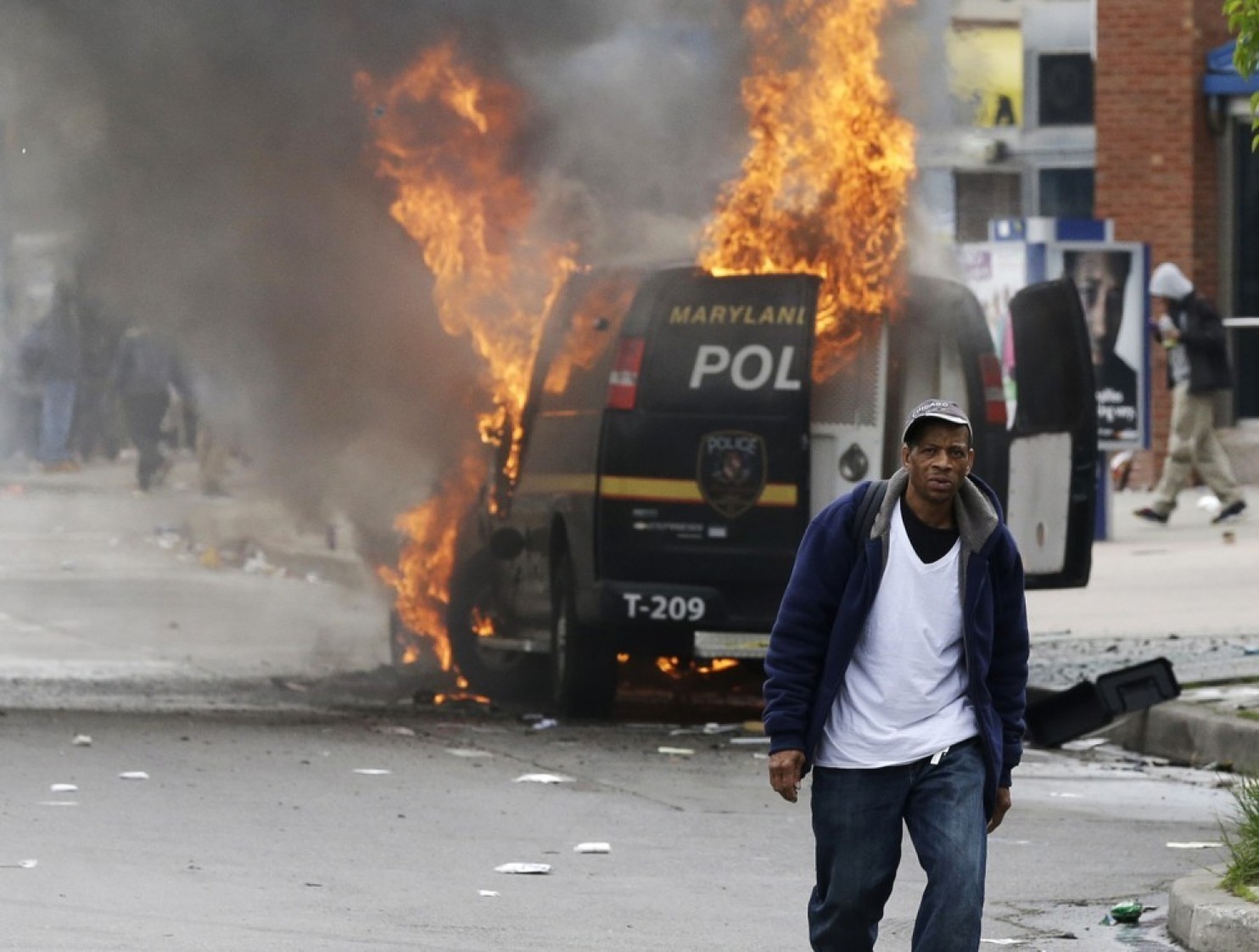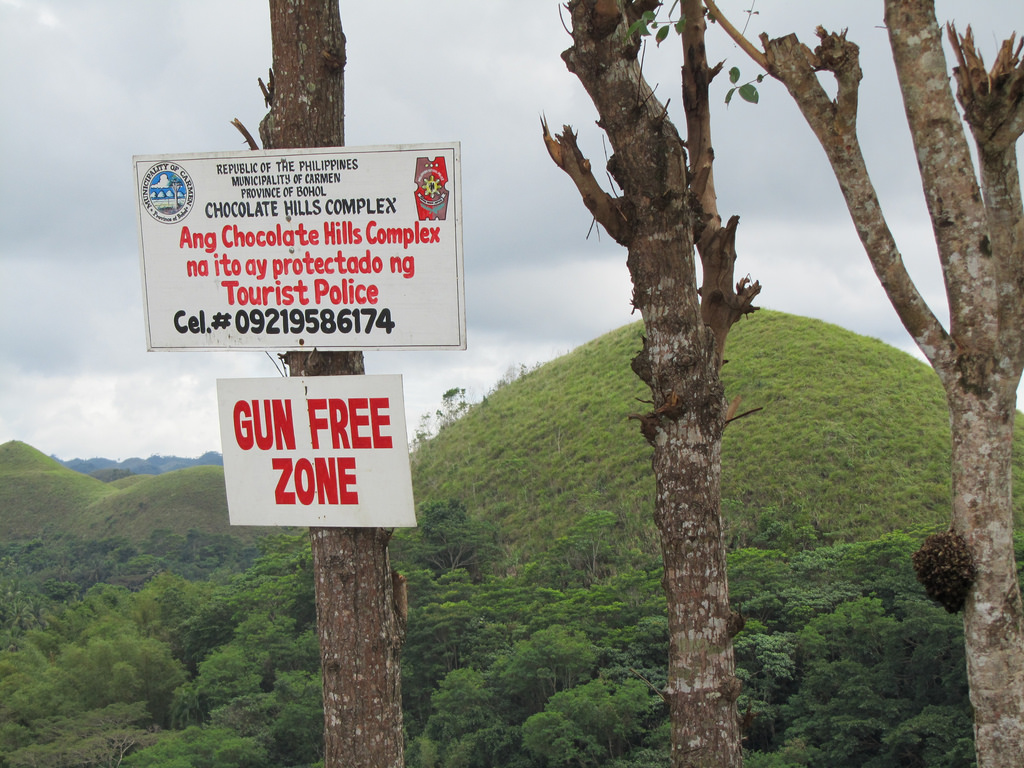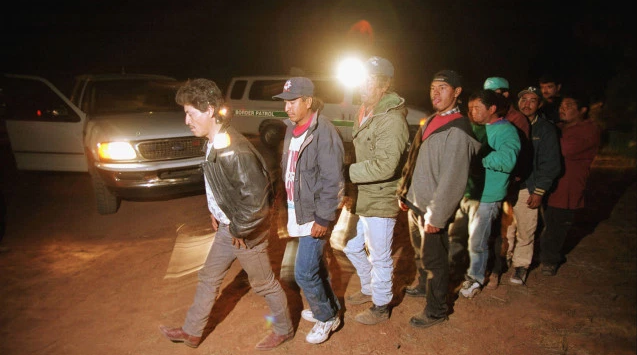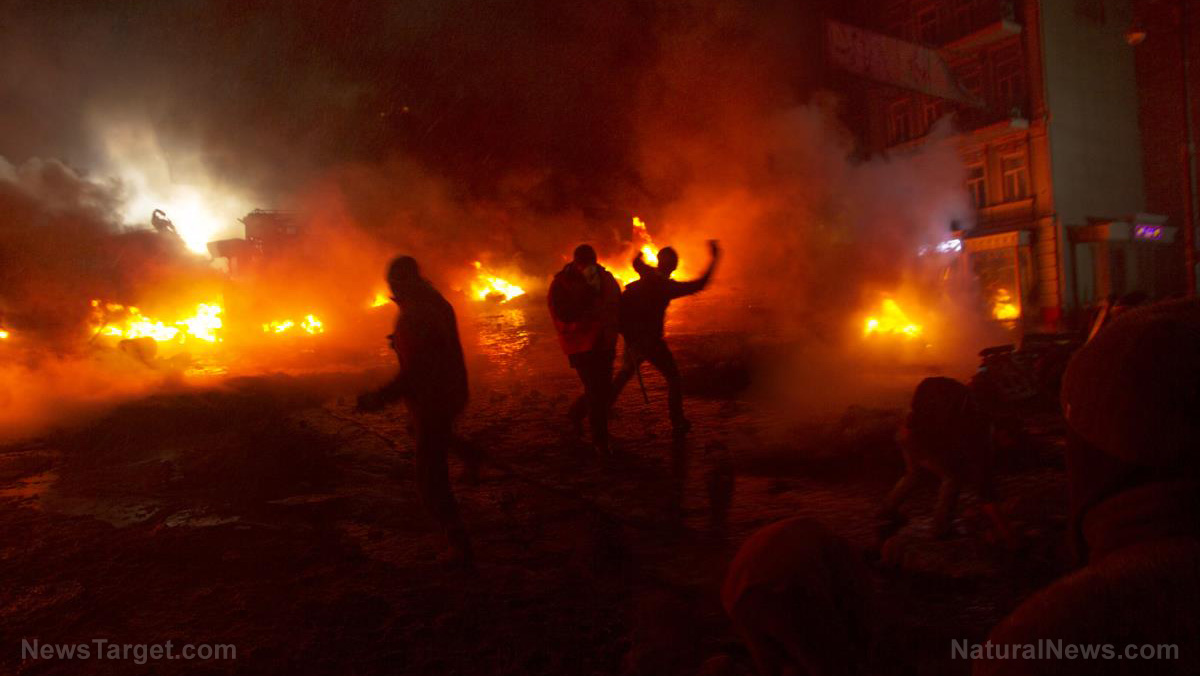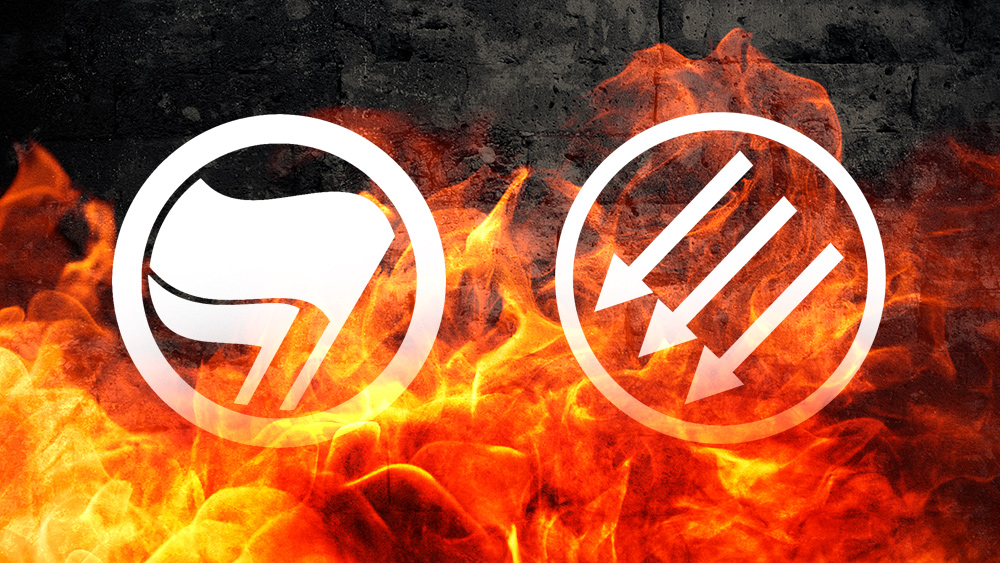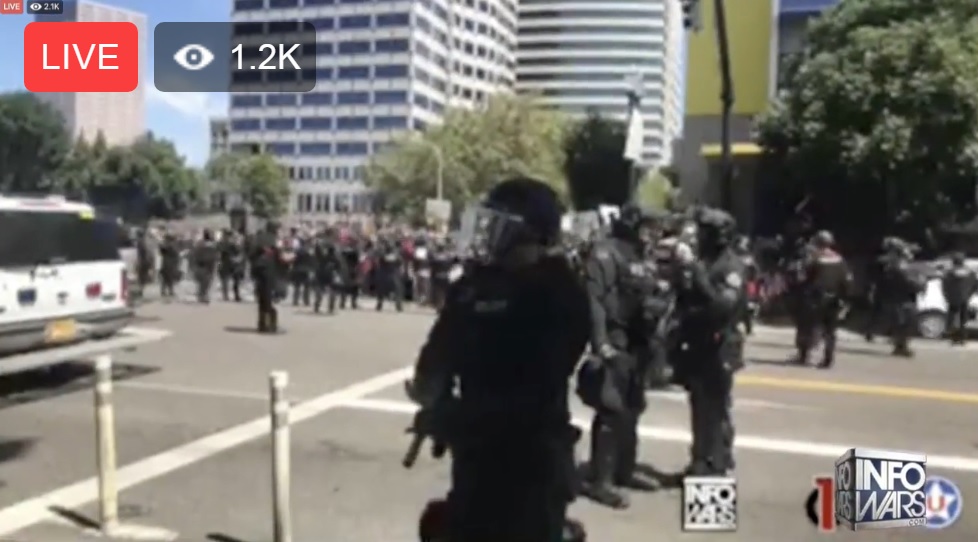Everyday carry: Here’s what a former SAS special operator carries in case of a terrorist attack
07/11/2017 / By JD Heyes

Because they are experts in close-quarter combat and other dangerous scenarios, they get asked all the time what they would do in certain situations, how they would respond and, more importantly, what kind of personal gear they carry in order to increase their chances of survival.
In a report for SOFREP, a subscription-based intelligence newsletter, a former British SAS operator revealed what he carries as part of his personal EDC — everyday carry — gear, to protect himself during a terrorist incident, since such events have become much more prevalent in Britain than in the United States — for now.
“There are many ways to increase your chances of survival, and one thing we can all do is incorporate appropriate kit in our everyday carry. I now have a complete set of items which will help me in a variety of ways should it ‘go noisy’ while I’m out and about. I don’t leave home without my day sack which now contains everything I need to try to keep myself safe, within the stringent UK law,” the operator, Phil Campion, writes.
[First, a word about legalities: It is against the law throughout Britain for civilians to carry concealed firearms or, really, any objects that can be considered offensive weapons (batons, knives, etc.). In the U.S., thanks to the Second Amendment, most jurisdictions outside of major cities allow for concealed carry of a firearm and/or knife. But Campion makes a great point: Know the law in your area, because they can differ from region to region, city to city, etc.] (RELATED: Preppers in California get a rare self-defense victory: Federal judge blocks state ban on high-capacity magazines)
“I have drawn on my experiences as a Tier One operator in some of the world’s most dangerous places to piece together gear which will give me and those around me the best chance of survival, should the worst happen,” Campion writes. “I have also managed to remain covert about the way I do business and not scare people, which is very important.”
Finally, he writes, discretion is the better part of valor; don’t make yourself a target by telegraphing the fact that you are the person best prepared to handle things.
What’s in the EDC?
Campion writes that his EDC consists of items that will help against attackers and to take care of victims in the aftermath of an attack:
— Flexible ballistic plate: Hidden in Campion’s carry pack is a flexible ballistic plate, transforming it instantly into a protector against both bullets and knives. In a retreat situation, the pack becomes a one-sided protector-vest.
— Large Maglite: In Britain, any form of a baton is considered a weapon and hence, illegal. But larger Maglites are made of metal and very durable; the can double as both a blinding and bludgeoning tool. He also carries a smaller Surefire defender. It has a blinding beam and can devastate an attacker when used to punch with.
— Gloves: Kevlar-lined and durable, these gloves allow Campion to actually grab the blade of a knife. In addition, they allow him the ability to pick up nearby shards of glass to use as a cutting weapon, or grab window frames containing broken glass safely.
— Tourniquets: These help stop severe bleeding until help can arrive. Wounds can be severe in a terrorist attack; tourniquets are Campion’s first line of treatment, since victims can bleed out quickly (3 minutes) if major arteries are severed.
— Blast dressings: Self-explanatory; heavy gauze bandaging and wraps do the trick.
— Clotting agent: There are commercially available dressings that come with blood clotting agents built-in. You don’t have to be a medical expert to use them.
— Bottled water: These are for drinking, of course, but also cleaning wounds and for burns.
— Heat packs/cold packs: Depending on the time of year, these come in handy for warmth/cooling/reducing swelling.
Other essentials include a pen and notepad, extra power cells to recharge your cell phone, and umbrellas (to use as light shields).
You may have some ideas of your own and that’s great, but the basic carry kit should at least consist of these items — so says an experienced operator.
J.D. Heyes is a senior writer for NaturalNews.com and NewsTarget.com, as well as editor of The National Sentinel.
Sources include:
Tagged Under: bandages, everyday carry, personal safety, preparedness, self-defense, terrorism
RECENT NEWS & ARTICLES
COPYRIGHT © 2017 VIOLENCE NEWS



